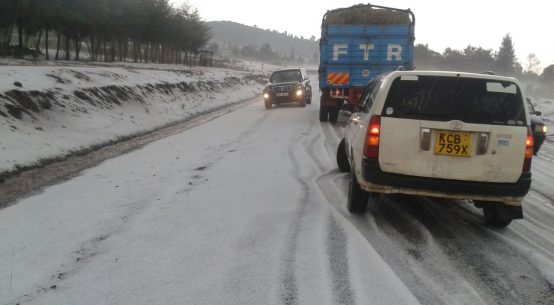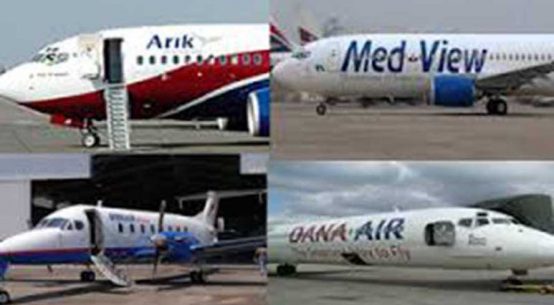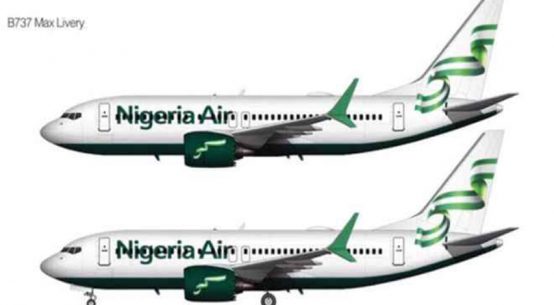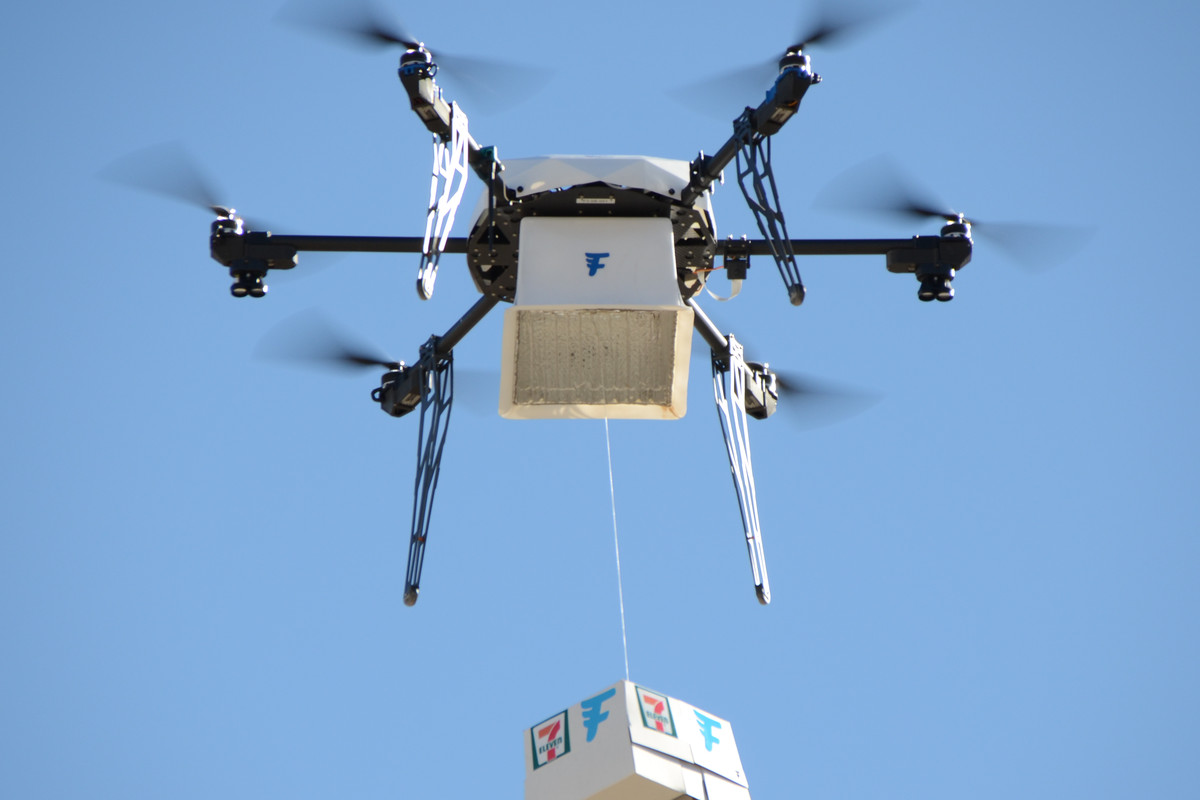
KENYA CIVIL AVIATION AUTORITY (KCAA) banks on drones to enhance innovation, create jobs and facilitate service delivery to remote places.
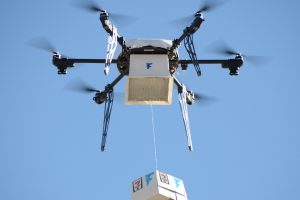
At least 1,000 applicants are seeking approval to operate drone transport services in Kenya, hinting at high demand for the robotic aircraft. Companies want to use the UAVs for film shooting, relief services and other commercial purposes, according to the regulator.
Non-military use of drones had been restricted in the country due to lack of a legal framework. The proposed regulations require commercial drone owners to have security clearance from the Ministry of Defence and have trained pilots, among other things.
Kenyans will have to wait longer to fly drones following delay in issuing a gazette notice guiding the use of Aerial Unmanned Vehicles (AUVs).
The Kenya Civil Aviation Authority(KCAA) says it is waiting for the Attorney-General to approve regulations presented to the State Law Office earlier in the year. The National Security Advisory Committee (NSAC) approved the draft regulations on drones in January.
 “The draft regulations have received approval by the Cabinet Secretary — Ministry of Transport, and await formal promulgation at the Attorney General’s Office,” KCAA director-general Gilbert Kibe said.
“The draft regulations have received approval by the Cabinet Secretary — Ministry of Transport, and await formal promulgation at the Attorney General’s Office,” KCAA director-general Gilbert Kibe said.
NSAC is chaired by President Uhuru Kenyatta and comprises all security agencies including the Kenya Defence Forces and Kenya Police Service.
During a conference on drones in Nairobi, Mr Kibe said there is need to define training standards and testing mechanisms to ensure that integration of drones in conventional airspaces does not introduce undesirable safety and security risks.
Kenya will hire foreign pilots to man the vehicles because it does not have enough personnel. Civilians are limited to flying drones at a height of not more than 400 feet.Failure to follow all the rules will attract a maximum fine of Ksh500,000 ($5,000) or a jail term not exceeding three months, the proposed laws state.
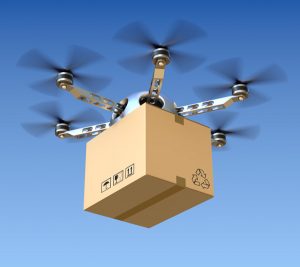
In aviation and in space, a drone refers to an unpiloted aircraft or spacecraft. Another term for it is an “unmanned aerial vehicle” or UAV. On Earth, drones are often used for military purposes because they don’t put a pilot’s life at risk in combat zones. Also, drones don’t require rest, enabling them to fly as long as there is fuel in the craft and there are no mechanical difficulties.
Technically speaking, space-borne drones could include cargo spacecraft, satellites and machines that leave Earth, although they aren’t usually referred to as such. Perhaps the best example of a drone in space is the U.S. military’s mysterious X-37B spacecraft, which has made multiple flights into orbit for hundreds of days. Its mission is highly classified, leading to speculation about what it is doing.
Military drones
Drones have been around for almost as long as airplanes have been used in warfare (1911), and that’s not even including bomb-filled balloons that were first used by Austria in the mid-1800s.
6 Ways Drones Are Actually Used
1. Delivery

2. Shooting (film)
They make it possible for amateur filmmakers to get aerial shots sans helicopter.
3. Shooting (people)
They are autonomous flying death machines used to fight covert wars. Their role in warfare has evolved since the explosive-laden balloons flew over Vienna. They pilot fly missions from half a world away, having been equipped with artificial intelligence capable of identifying ‘terrorists’ patterns of movement.
4. Drone Racing
They race using first person cameras and a set of VR goggles is the good clean fun way of modifying drones. First person racing drones are available for a couple of hundred dollars.
5. Surveillance Drones
In combat and in regular life drones are used to monitor things, people and places. Some have been used in specific situations such as during protests or other large events. Agriculture is also an industry getting its share of milage from drones. A birds eye view of land using an array of cameras can offer farmers ways to track and monitor conditions. 3D mapping can increase effective use of resources like water and fertilizers.
6. Hunting hurricanes with drones
NASA, the National Oceanic and Atmospheric Administration (NOAA) and Northrop Grumman hope to track storms as they evolve using drones. The Global Hawk will be able to fly for 30 hours straight, covering as much as 11,000 miles in that time. Swarm technology is also used in climate science. A team from the University of Florida is using drones only six inches long to form a swarm which move within the storm. The complex data collected as they go and helps to model complex flows.
The multitude of particular drone uses are largely some variation on seeing something. Drones, like cars and trucks, are suitable for artificial intelligence.




